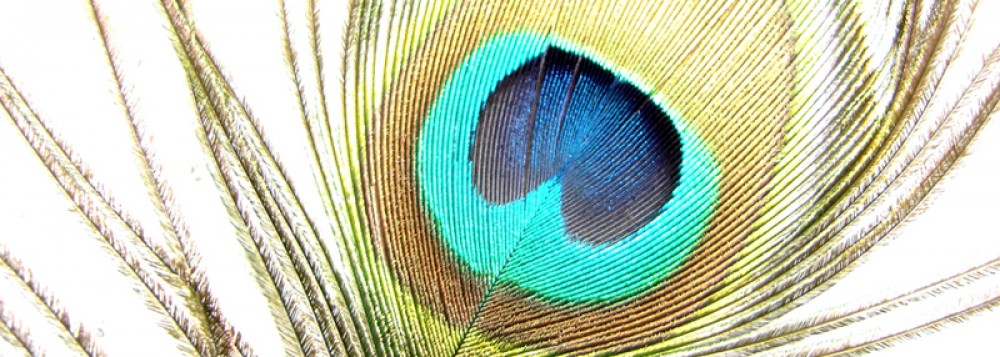Indian Religion and Spirituality
Religion in India is the foundation for most areas of life for individuals and families. More than 80 percent of Indians are Hindus and over 13 percent are Muslims. India is the birthplace of Buddhism, and at one time many Indians were Buddhists, but in modern times less than 1 percent of the population follows Buddha. Christians and Sikhs have about 2 percent of followers each [sources: CIA; Encyclopaedia Britannica; Government of India].
Hinduism, like some of its gods and goddesses, has many faces depending on caste and location. Shrines and places of pilgrimage in one region may differ entirely from those in other areas, and while many follow the Vedas as being sacred texts and dharma as moral code, not all do. Belief in a supreme god is common, though the gods and goddesses that come from him vary. Reincarnation, or coming back to life after death in a continuous circle of dying and rebirth is common, as is a belief in karma, or the just desserts of sorts that determines what level and what form you will take when being reborn. Karma is based largely on what you did while alive, good and bad [source 1=”<a” 2=”href="http://www.bbc.co.uk/religion/religions/hinduism/ataglance/glance.shtml"><span” 3=”style="text-decoration:” 4=”underline;"><span” 5=”style="color:” 6=”#0066cc;">BBC</span></span></a>” language=”:”][/source].
Indian Muslims follow Islam and its singular god, Allah, and they refer to the Qur’an as their sacred text. Teachings from the prophet Muhammad are central to behavior and codes of living in society, and in India as elsewhere, this means holding Muslim law above all others. Islam arrived in India through Persian, Turkish and Arab conquerors in about the 8th century. Most of the subcontinent was converted to Muslim beliefs by the 13th century but European rule led to a waning of Islam. When India gained its independence from the British in 1947, the country was divided into Pakistan, with followers of Islam, and India and its adherents of Hinduism [source 1=”<a” 2=”href="http://www.britannica.com/EBchecked/topic/285248/India"><span” 3=”style="text-decoration:” 4=”underline;"><span” 5=”style="color:” 6=”#0066cc;">Encyclopaedia” 7=”Britannica</span></span></a>” language=”:”][/source].
Followers of all religions, sects and folk legends do have one big thing in common: celebrations. Festivals take place throughout the country all year with some of the major parties celebrating and honoring Hindu gods and goddesses. Diwali, the Festival of Lights, takes place in October or November and is the biggest holiday of all. Celebrants light lamps and host large family and community celebrations to honor the goddess of wealth, Lakshmi, whom some believe hovers among them looking for open doors of invitation [source 1=”<a” 2=”href="http://kids.nationalgeographic.com/kids/stories/peopleplaces/diwali"><span” 3=”style="text-decoration:” 4=”underline;"><span” 5=”style="color:” 6=”#0066cc;">Malhotra” 7=”Hora</span></span></a>” language=”:”][/source]. Vasantpanchami, a religious festival for the goddess of learning is another big party, and Holi a celebration of all people — no matter their social level — includes street parties where people throw dyed water and fine particles of colored dust into the air and on each other. Holi celebrates the coming of spring and the ultimate victory of good over evil [source 1=”<a” 2=”href="http://www.holifestival.org/"><span” 3=”style="text-decoration:” 4=”underline;"><span” 5=”style="color:” 6=”#0066cc;">SCFI</span></span></a>” language=”:”][/source].
